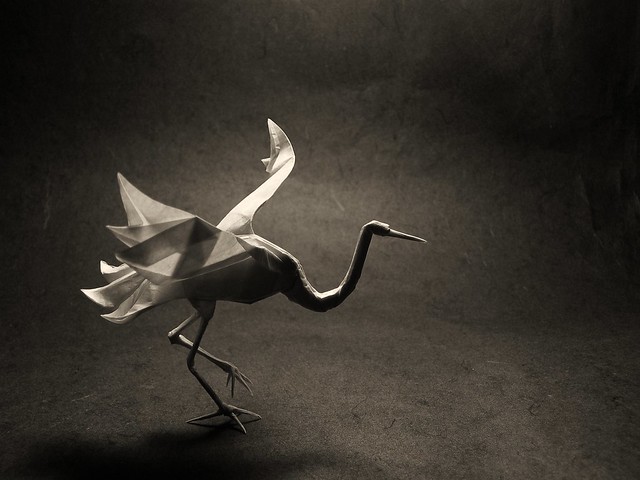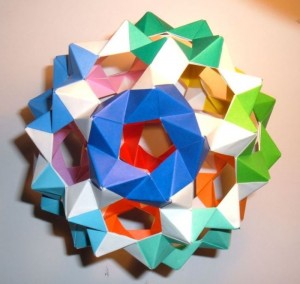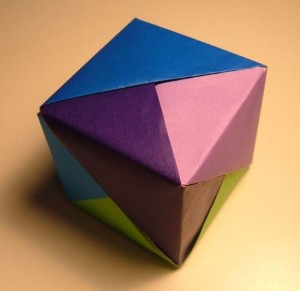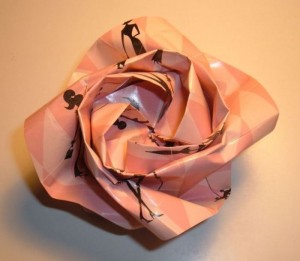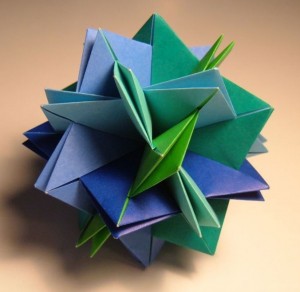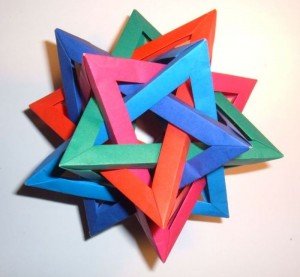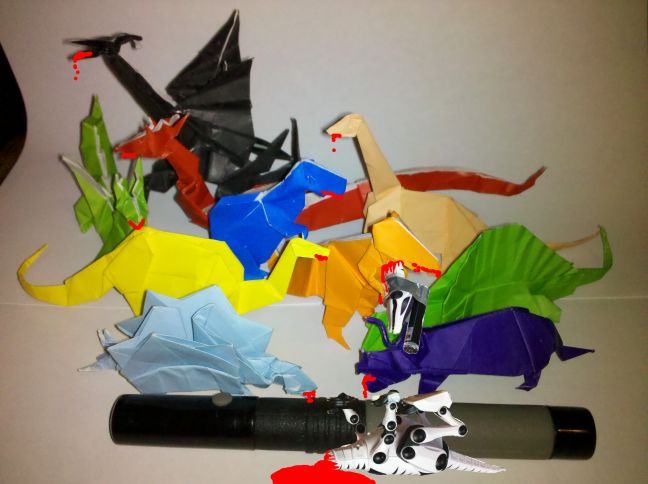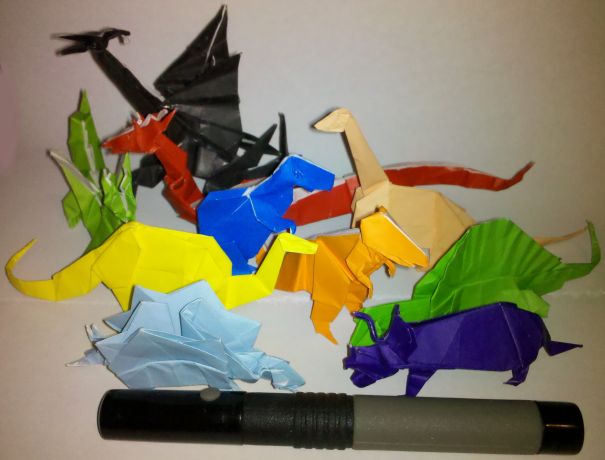I recently mentioned one of my New Year’s Ambitions is fold 1000 origami paper cranes.1 As an ancient Japanese legend goes, a person who folds a thousand origami cranes will be granted a single wish. There are some variations on this legend. It’s possible that you “only” get eternal good luck rather than a wish. There may also be a requirement for all the cranes to be folded by just one person, folded within a single year, the wish may only be made by the person who folded the cranes, and/or the person who folded the cranes must keep the cranes.
Whether the result is a wish, “merely” eternal good luck, or just a really impressive project this is something I want to do. I’ve given a lot of thought to how I want to display them too – but that’s probably best left to another post entirely.
A little while ago I ordered two sets of 500 sheets of 3″ square origami paper. They arrived on 4/17/2013 and I debated about when to start folding them. I know the next two months is going to be super busy – and I would rather start later and be able to devote time to the project than start now and potentially doom myself to interruptions and possible faltering in my resolve. Over dinner on 4/18/2013 I mentioned this dilemma to my wife. She pointed out that there will always be interruptions, I might as well start now, and that she knew I could do it.2 Thus, I started folding cranes that evening.
I’m debating about how exactly to share my crane folding progress here on the blog. Part of me wants to write a WordPress plugin that integrates a Google Docs spreadsheet with Google Graphs to show the latest progress here on the blog. While I still like this idea and will probably come back to it later – that’s a lot of work to show off progress when I could spend that time actually folding some little birds.
This last week at work has been really really really busy, so there were two days when I folded no cranes at all. Most other days I folded between 20 and 25 and a day like yesterday I folded only 9. At an average of 10 cranes a day (which is very doable) 1000 cranes would only take 100 days or a little more than three months.
As of last night, I had folded 111 cranes in 9 days.
Default Series Title- Photo courtesy of Emre Ayaroglu [↩]
- I love the hell out of that woman. [↩]

